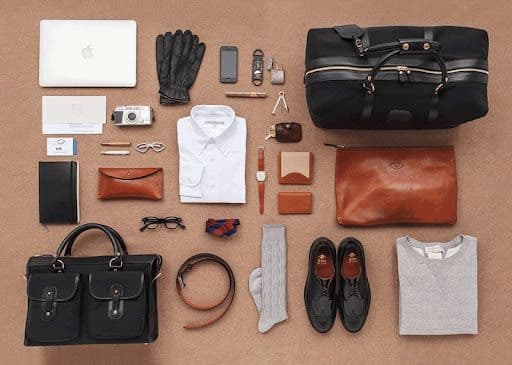Leather goods exhibitions play a key role in shaping global trends in the fashion industry. These events are not only a venue for showcasing new collections but also a platform for exchanging ideas, establishing business connections, and inspiring designers, manufacturers, and consumers. The impact of exhibitions on the global fashion market is immense, as they influence many aspects of this market, from innovations in production technologies to changes in consumer preferences.
Impact on Design and Trends
One of the main aspects demonstrated at leather goods exhibitions is their influence on fashion and clothing design. These events serve as a platform for presenting the boldest and most innovative ideas, including new methods of leather processing, unusual shapes and styles, as well as the combination of leather with other materials. Designers have the opportunity to experiment with textures, colors, and finishing techniques, which contributes to the emergence of new fashion trends. This, in turn, influences how collections from major brands will evolve and what will be in demand among consumers.
Moreover, at exhibitions, one can often see unique items that become true fashion landmarks. These collections may be presented by both established and new brands, which also helps diversify fashion trends and expand the boundaries of traditional approaches to leather goods.
Synergy of Technology and Tradition
Modern leather goods exhibitions are not only venues for showcasing fashion collections but also platforms for introducing new technologies into leather production. Exhibitors actively utilize the latest developments, such as eco-friendly leather processing methods, the use of innovative materials, and improved weaving technologies. These changes allow manufacturers to produce more sustainable and durable products, which is especially important in an era of growing demand for eco-friendly and ethical products.
For Hungary, as well as for many other countries, such changes are an important aspect of the industry’s growth. The shift toward sustainable and eco-friendly technologies helps local manufacturers attract international customers, giving them the opportunity to take leading positions in the leather goods market.
Global Business Connections and Collaboration
Leather goods exhibitions serve as an excellent opportunity for expanding business and creating partnerships between manufacturers, designers, and suppliers. At such events, representatives of major brands and small manufacturers, as well as potential buyers and investors, meet. This strengthens relationships and bolsters companies’ positions on the international stage.
An example of such collaboration is the strategic alliances formed between leather manufacturers and fashion houses. These partnerships serve as the foundation for creating exclusive collections that later become popular on global markets. Brands like Louis Vuitton, Gucci, and others often use these exhibitions as opportunities to find new ideas and working contacts for future development.
Impact on Consumer Demand
Leather goods exhibitions not only influence manufacturers and designers but also affect consumer preferences. By attending such events, people can not only learn about new trends but also evaluate the quality and style of the products firsthand. This plays a significant role in shaping consumer demand. Often, the items showcased at exhibitions become popular and eventually appear in stores, offering consumers exclusive and high-quality products.
Many exhibitions focus on end consumers, showcasing not only the practicality and durability of products but also their aesthetic appeal. This helps make leather goods more accessible and attractive to a wider audience. At the same time, exhibitions help shape demand for products that meet contemporary fashion trends, including items with unique design solutions.
International Knowledge Exchange and Cultural Influence
Furthermore, leather goods exhibitions serve as an important cultural platform where knowledge and experience are exchanged between manufacturers and designers from all over the world. This provides an opportunity to not only showcase unique traditions of leather processing but also to discover new cultural approaches and techniques, which fosters greater interest in products on the international stage.
Hungary, as part of Central Europe, has a rich history in leather goods production, and participation in such international exhibitions allows local companies to showcase their achievements and also learn about the latest global trends. This exchange of experiences and knowledge enhances the competitiveness of local brands in the global market.
Prospects for Development
In the future, the role of leather goods exhibitions in the global fashion industry will continue to grow. With the development of new technologies, changes in consumer preferences, and increased awareness of sustainability issues, exhibitions will serve as important indicators of new trends and preferences in the market. At the same time, they will contribute to improving product quality and supporting innovative solutions, which will have a positive impact on the entire fashion industry.
Hungary, thanks to its strategic location in Europe and rich leather production traditions, has every chance of becoming an important player in the global market, actively participating in such events and implementing modern approaches and technologies in leather production.
Thus, leather goods exhibitions play a significant role in shaping global trends in the fashion industry, influencing design, technology, consumer demand, and international collaboration. This not only helps broaden horizons for manufacturers and designers but also strengthens positions in the global market.
